MARQUETTE, MICHIGAN ISN’T what it used to be. A few of us will bemoan that fact. Most will not.
“The biggest change is downtown,” says radio and TV personality Jim Koski, who’s also a town historian. “Back in the Sixties, we had railroad lines running right through downtown—railroad cars loaded down with iron ore.”
The town back then had its share of bars, shops and restaurants, but it was noisy and dirty, and not especially prosperous. Not a place most folks would want to visit.
Fast-forward to today, and what you find is an attractive downtown with beautifully restored storefronts and an impressive array of stores, restaurants, coffee shops, cannabis dispensaries, breweries, a distillery, art galleries…a wine bar! For some folks, perhaps, it’s become too much, too cute and shiny, too cosmopolitan, but there’s no denying Marquette has grown up in the last several decades and has enthusiastically embraced the 21st century. “We’ve changed from a port city exporting iron ore to becoming the governmental, economic, and social center of the Upper Peninsula,” says Christopher Germain, the CEO of the Lake Superior Community Partnership.
The lakeshore has been transformed. The south Marquette shoreline used to be the home of “Bums Jungle,” a cluster of shacks for the homeless. No more. It’s green space, a recreation area with a bike path and two new pedestrian-friendly piers nearby.
The two power plants that once acted as unsightly bookends on Marquette’s shoreline have also come down. Miles of property in between the two have been revived. “From the Lower Harbor to the (former) We Energies plant—that was all railroad property years ago,” says historian and writer Fred Stonehouse, who’s also a former Marquette mayor. “Now that’s gone and it’s all been cleaned up, and it’s opened up to all of us.”
What’s also gone up along the Lake in recent years are condos and hotels. Condos—mostly priced above $500,000 and many of them $1 million-plus—have especially stuck in the craws of many residents. Most locals can’t afford them, and many of the buyers live here only part-time.
“You don’t like condos?” asks Mayor Jessica Hanley. “Well, they bring in tax money, and they’re built in areas that were neglected and polluted for years.”
It’s an economic reality. The new developments have bought in much-needed revenue that has allowed Marquette to transform itself into an attractive town that, year after year, is being discovered by more and more visitors.
Ah, the tourism issue. It’s controversial. It’s a double-edged sword. Summertimes, especially, bring in swarms of tourists. More cars, more people, longer waiting lists at restaurants, but again, they bring in money. “Without tourists, the restaurants and shops would fail here,” says Hanley. “Without tourists, we wouldn’t be the town we are.”
And who profits from the tourist traffic? Mostly locals who own and work in the businesses.
The tourist business—and, in fact, our lifestyle here—has changed over the years. “We used to be just about the outdoors—hunting and fishing—but now we’ve added more and different activities,” says Charlie Holsworth, the co-owner of Base Hospitality Group. “Biking, spending time on the beach, breweries and coffee shops. Now I can bull-hunt in the morning, and stop by Blackrocks for a beer in the afternoon.”
That is part of Marquette’s uniqueness. And consider this: Marquette Mountain, the ski hill which has undergone major infrastructure improvements in recent years, is located a mere ten minute drive from the sands of South Beach. Not many towns can make that kind of claim.
Real estate prices. Well, there’s the other controversial issue, and ultimately, the most serious one.
“When I was growing up here,” Koski says, “my parents bought a piece of land out near the high school and built a house there—and they didn’t have all that much money. Today, you couldn’t do that.”
Nope, today a home in Marquette’s more modest neighborhoods will start in the 200s; an average home closer to 400. And the new condos near the Lake? Forget about it. But…“You gotta pay the pay the bills,” says Stonehouse, “and not only that, but most of the lakeshore is still accessible to everybody.” Like, 95% of it. Most lakeside towns can’t say that.
Apartment prices, likewise, have soared in recent years—$1000-plus for many, $2000-plus for some.
Who’s paying these prices? It’s not just affluent retirees. Many are younger folks, skilled, from out of town. Tech workers. Yes, little ol’ Marquette, far from the teeming mass of humanity, is becoming a small but growing hub for tech. “It’s been growing for the last several years,” says Troy Morris, the co-founder and CEO of Kall Morris Inc, a space tech firm, “and now it’s established here. Remote tech workers want to come here, as well, for the lifestyle—at least those who can handle the winter.”
The lifestyle—meaning the outdoor recreation in summer and winter, the open spaces, the clean air and water…and the restaurants, coffee shops, cannabis dispensaries, and breweries.
At last count, there were about 30 tech-related businesses in and around Marquette—most of them small but growing, some of them just one-person enterprises.
Art has come to the fore in Marquette, as well—with NMU playing a large part. Huge murals painted along the city streets. Art galleries, art festivals, theater groups, choirs…a symphony orchestra!
“Marquette really appreciates the arts,” says Dr. Erin Colwitz, the Director of Choirs at NMU and the Artistic Director of the Marquette Choral Society. “I think the change has come with changes in our population—there’s a greater worldliness, more sophistication, and a changing of tastes.”
The city, with very little fuss made about it, has become gay-friendly. Gays and lesbians occupy high offices and run major businesses, and nobody cares much about it. “I feel very safe and comfortable here,” says LSCP CEO Germain, who is gay and married. “It’s safer than other places I’ve lived. It’s just not a big thing here.”
“Yoopers are open to everyone,” says Mayor Hanley. “If you’re a good person, we like you.”
The racial and ethnic breakdown? It’s slowly changing. In 2000, 95% of Marquette’s residents were white. Today, it’s 90%.
You’re wondering about women in Marquette? Three of the last four mayors have been women. The City Manager is a woman. The Travel Marquette CEO is a woman. So is the Downtown Development Authority Executive Director. And the CEO of our hospital.
Marquette has come a long way in the last few decades, and yet there’s this one puzzling fact: Its population has remained remarkably stable—23,000 back in 1980 when the Sawyer Air Force Base was still in operation…dropping to 19,000 in 2000…then 21,000 in 2010…and today, still only about 21,000. Even the outlying areas haven’t grown much.
It appears that there’s simply been an influx of money from more affluent and educated residents who are demanding more amenities…but the swarms of people have not arrived yet. That may be partly due to the lack of housing here, and partly to the chilly winters—an average high of 25 degrees in January, and 28 degrees in February. And 150 inches of snow every winter. That’s likely to be moderated by climate change in the years ahead.
But if the swarms of people continue to stay away, many Marquette residents would be fine with that. After all, the city’s been cleaned up, it’s prettier than it was, it offers a lot more for its residents and visitors both indoors and outdoors, and it’s still free of congestion.
And if you ask longtime resident Jim Koski, the historian and broadcast personality, if he misses anything…anything!…from the good ol’ days, he pauses for a moment and gives it some thought. “Not really,” he finally responds. “Back in the Sixties and Seventies when I was growing up, businesses were closing down and moving out. It seemed like the town was dying. Now look at it.”
QUOTE OF THE WEEK
“Change is the law of life and those who look only to the past or present are certain to miss the future.”
—John F. Kennedy

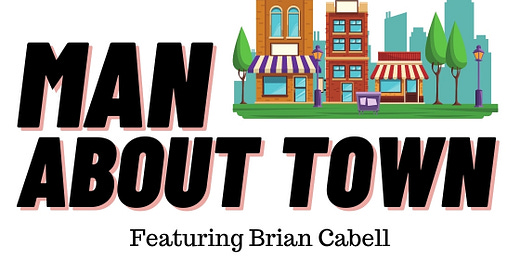



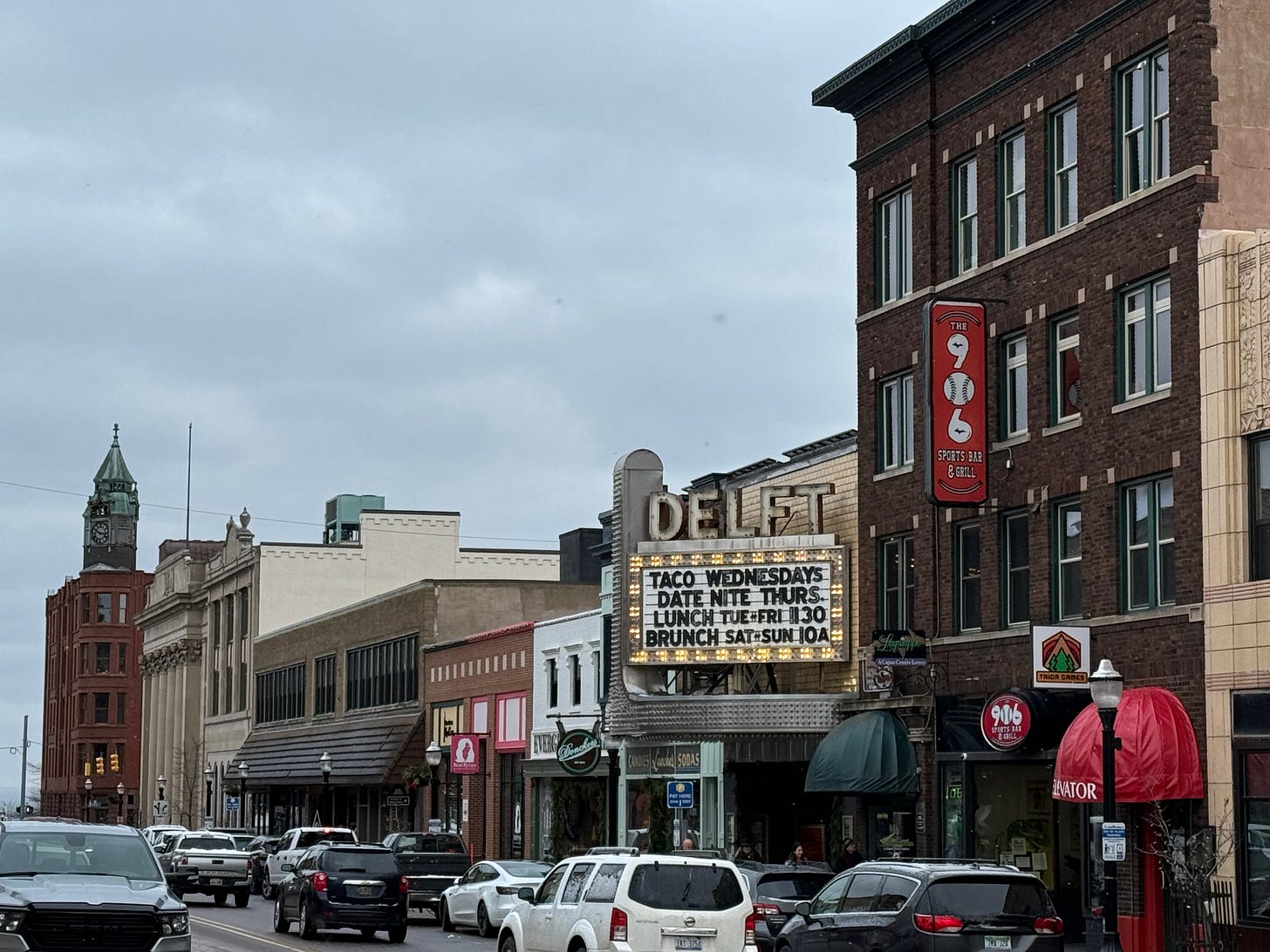
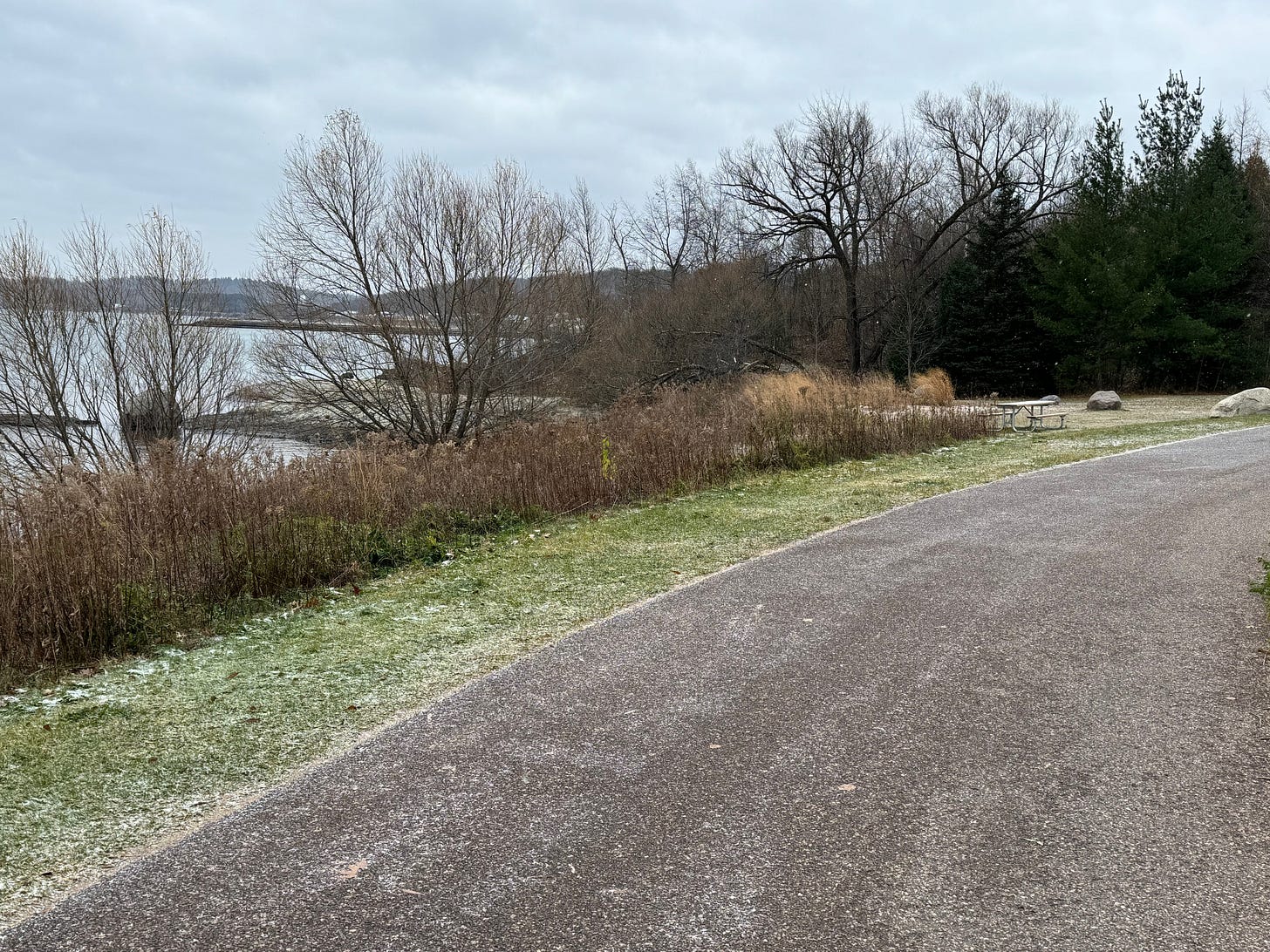

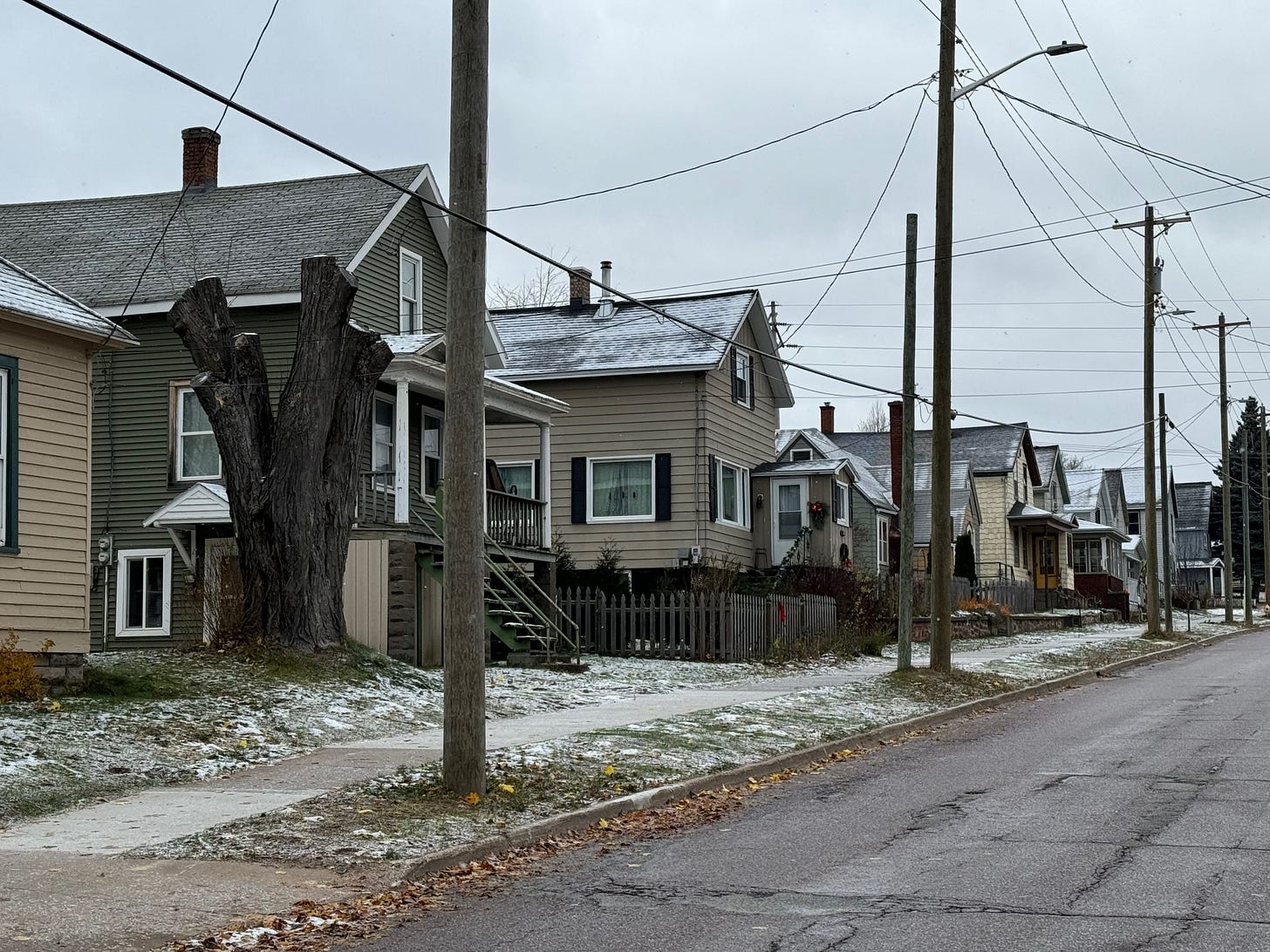
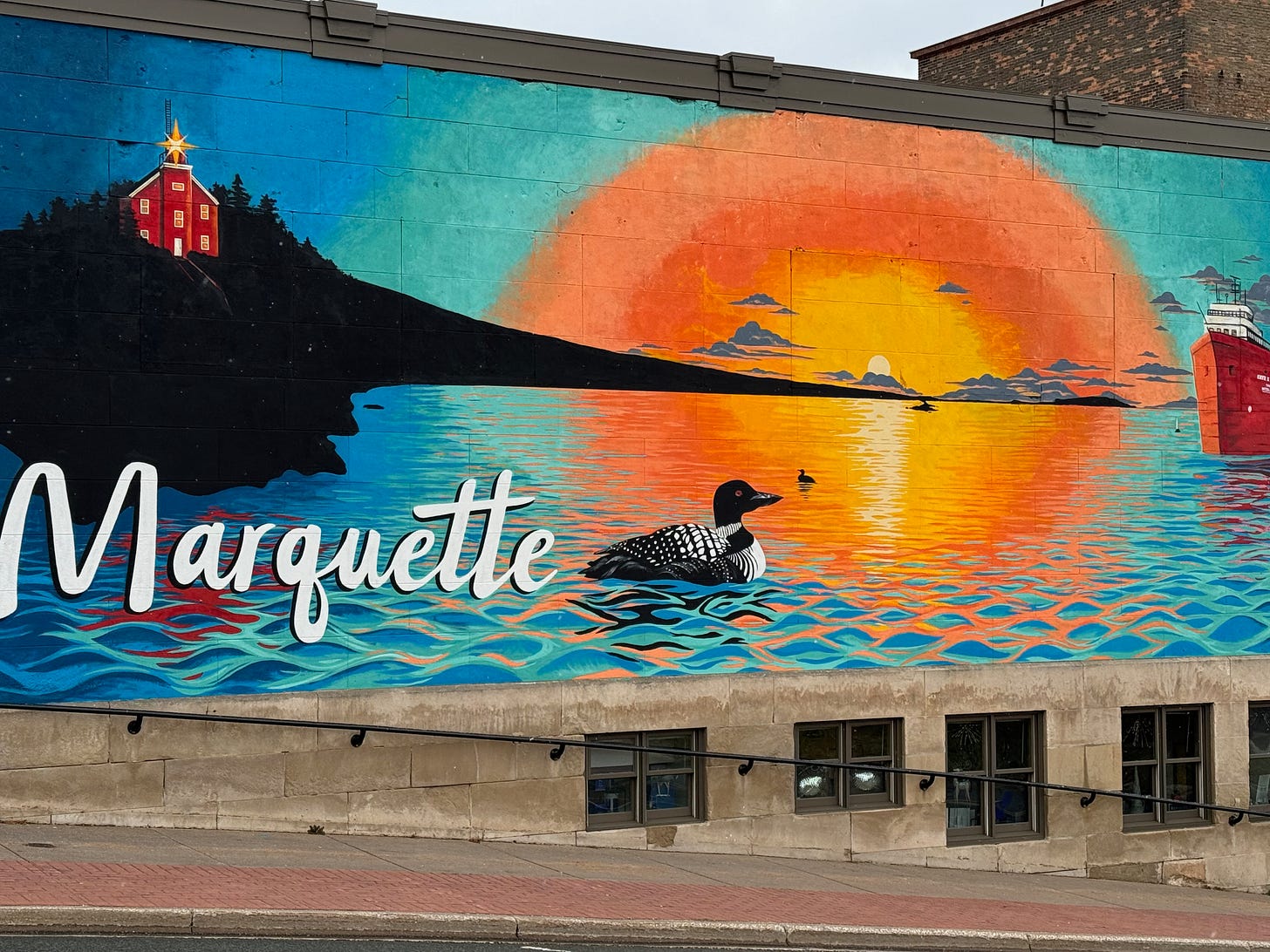
Brian, when I first came to Marquette in the 1970's, the mayor was female, Holly Greer, the head of the county board was female, Sally May, the prosecuting attorney was female, Pat Micklow, the TV6 anchor was female, Karen Rademacher, and President John Jamrich at NMU was working with those women to start the Women's Center first housed at NMU. We've always been a progressive community for women (the U.P.'s first plastic surgeon Dr. Constance Arnold) and minorities,(Drs. Bush Ahmad and Adam Brish) but not just because of their gender or race, but because they were here to make it a better place. All the more reason I continue to love where we live!
It’s always about money!